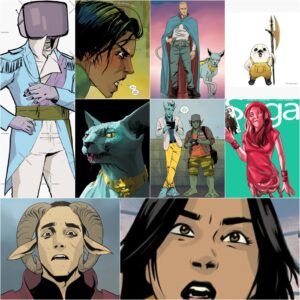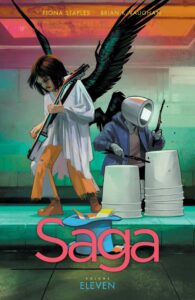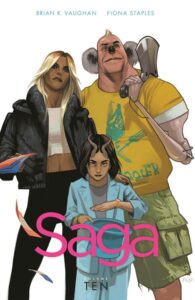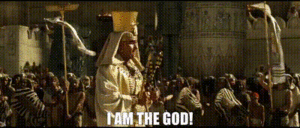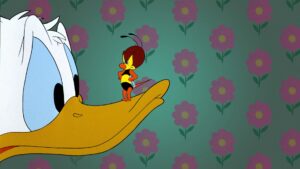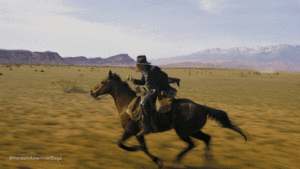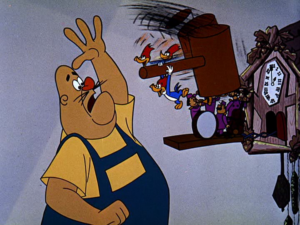Asterix and the Great Crossing (1975)

Asterix and the Great Crossing Review
Asterix and the Great Crossing is the 22nd volume of the Asterix comic strip series that was written by Rene Goscinny and illustrated by Albert Uderzo. It was published in 1975 and it is one of the better entries in the series.
The village is out of fish, so Asterix and Obelix must make a seafaring voyage to find some. They get lost at sea, ending up in the Americas, where they first encounter Native Americans and then the Vikings. This is one of the most enjoyable travelogue episodes as it’s so delightfully adventurous in its tone and feel. It’s a high seas adventure like no other in the series, making it the most epic in scope so far in the franchise.
There are two distinct storylines here that almost make the book worthy of two different volumes instead of one, but ultimately they are solidly connected to each other. The first is the section with the Native Americans. How they were portrayed was not racist in the slightest. In fact, it’s quite a positive depiction as they bested Asterix and they showed to be quite smart. The silent treatment worked in this instance, their designs are very good and the comedic highlight here was Obelix being chased around by a fat Native American girl and complaining that she is the one who is fat.
But the section with the Vikings was even better. Their names were very amusing, their designs were different and unique, and how they were depicted as violent was historically accurate. What was also accurate was the fact that they came to the continent before Columbus himself, which I up until now did not know, so this series continues to teach me history in a fun way. The stakes in the story are admittedly too low, but it doesn’t matter much when it’s this enjoyable.
This story isn’t particularly sophisticated thematically speaking, though the emphasis on miscommunication was very realistically depicted and it resulted in a lot of humorous situations throughout. Our protagonist duo got to shine in the entirety of this story while the supporting characters were also quite memorable. The illustrations by Uderzo were an improvement upon the previous entry, though the truly artistic and gorgeous backgrounds are not present here. But the dialogue is phenomenal, especially the choice to land the Vikings’ words certain Scandinavian symbols. The beginning definitely was overly convenient and those moments where the frames were almost empty did not work, but for the most part this was a tremendous volume and one of the most underrated ones for sure.
